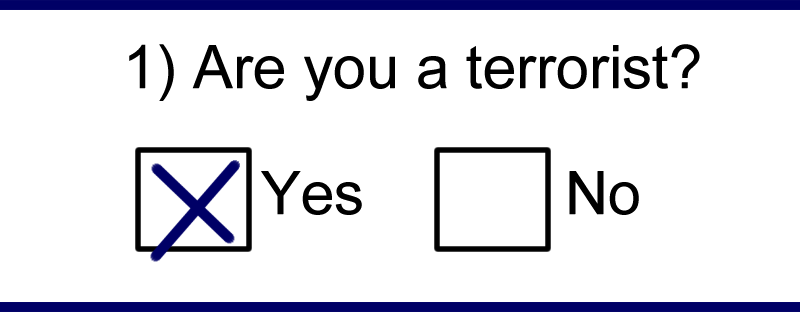I’ve been doing some research on Next Generation Digital Learning Environments (NGDLE) and think it might be another useful way to frame some of the work we are doing with open edtech. Educause has a 7 Things paper and a deeper white paper on NGDLE, and Phil Hill has written about NGDLE as well if you want to dig in further.
In a nutshell, NGDLE is the idea that the next generation of learning tools isn’t the single monolithic LMS, but rather a series of applications connected together using different sets of emerging and established learning tool standards.
The LMS may be part of an NGDLE environment, but it is probably more likely that the LMS would take on a more connective and administrative function in an NGDLE environment. The idea is to separate the course administrative tools & functions (like classlists and gradebooks) from the teaching and learning tools, and allow faculty to mix and match tools to fit their pedagogical needs. This gives faculty greater autonomy with what tools they want to see, while still being connected (with technologies like LTI & Caliper) to centralized institutional systems.
While it is being tagged with “Next Generation”, it is an idea that has been around for awhile now (see D’arcy’s eduglu post from a decade ago). It also strikes me that there is more than a nod to the concept of the PLE in this approach as well, although the PLE construct is about more than just technology and tools and is focused on learner autonomy, while NGDLE is more institutional and faculty focused.
We’re beginning to see institutions move towards this approach where the LMS is more the middleware that handles the administrative functions of course management, and faculty mix and match the learning tools to meet their goals. Phil Hill wrote a post about the University of North Carolina Learning Technology Commons where faculty can log into choose learning tools from an approved list of tools that will integrate with the existing LMS – the idea of a learning tools app store.
These tools are approved in 2 senses. First, there is a peer review process where faculty can review the tool and leave feedback for their peers, similar to the CASA model that I wrote about a few weeks ago, and which I love.
The second part of becoming an approved app involves vendors who submit their app to be reviewed and listed in the app store. In fact, a big part of the UNC app store approach is to, “iron out inefficiencies in edtech procurement.”
Smoothing procurement.
Now, I don’t necessarily have a problem with putting systems in place to smooth procurement, especially when part of the purpose is to make room for smaller players and not default to the 800 pound gorillas. But it does make me wonder how do faculty find tools that do not have a vendor pushing and backing them? The process (as it appears to me from the outside) seems to heavily favor commercialized vendor backed learning tools as opposed to open source community developed applications.
Certainly, there is a lot to like about the NGDLE approach. It acknowledges that there is seldom one tool that fits all pedagogical needs, and gives faculty the freedom and flexibility to try out different tools to fit their pedagogical goals. Indeed, I can see the NGDLE concept as one way to frame the open edtech experimentation we are doing with Sandstorm. And UNC may have mechanisms to get tools in the app store that are not vendor driven, so I have to applaud the fact that they are doing this and making more teaching and learning tools available to faculty.
My caution is if the only options we put in front of faculty to carry out one of the core functions of our institutions are commercially driven options, then we’re not only missing out, but are locking ourselves in to a vision of edtech that is completely vendor driven. We are not putting all the edtech options on the table; options that often have much more involvement and development input from actual educators than many vendor solutions.
As Candace Thille noted in her recent Chronicle interview on learning analytics As Big-Data Companies Come to Teaching, a Pioneer Issues a Warning (may be paywalled)
…a core tenent of any business is that you don’t outsource your core business process.
Teaching and learning are the core business of most higher education institutions. How much of that core business are we willing to outsource?
Also, see Jim Groom.
Photo: Open source free culture creative commons culture pioneers by Sweet Chilli Arts CC-BY-SA


















